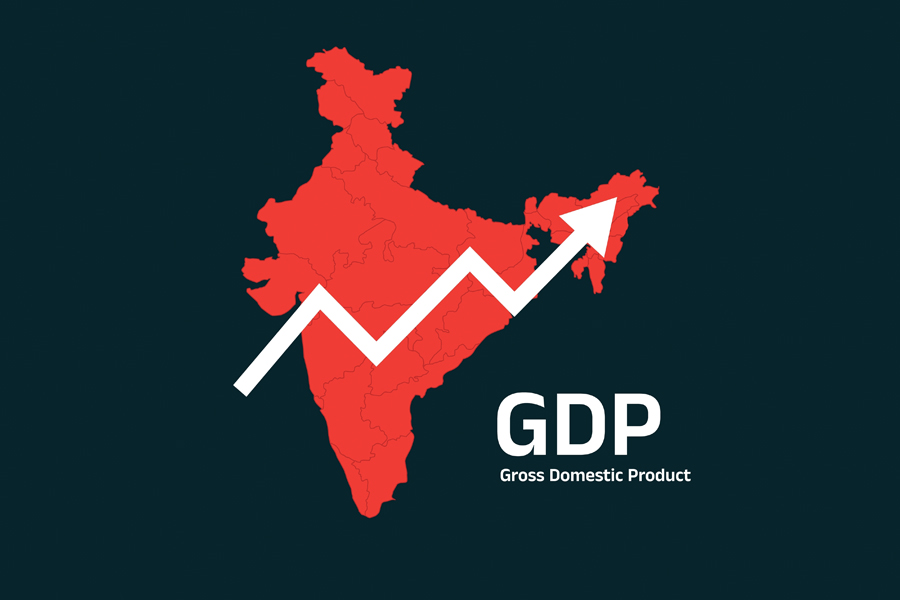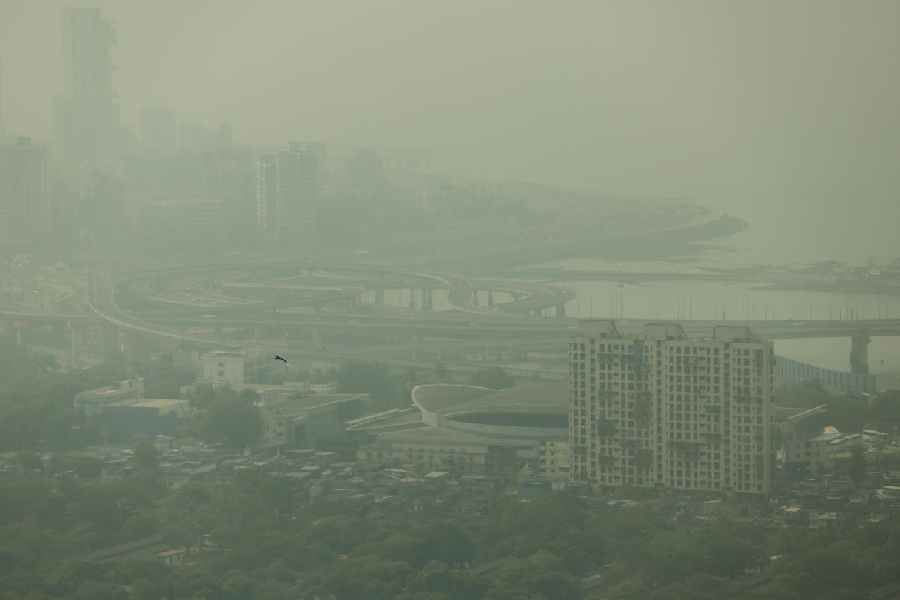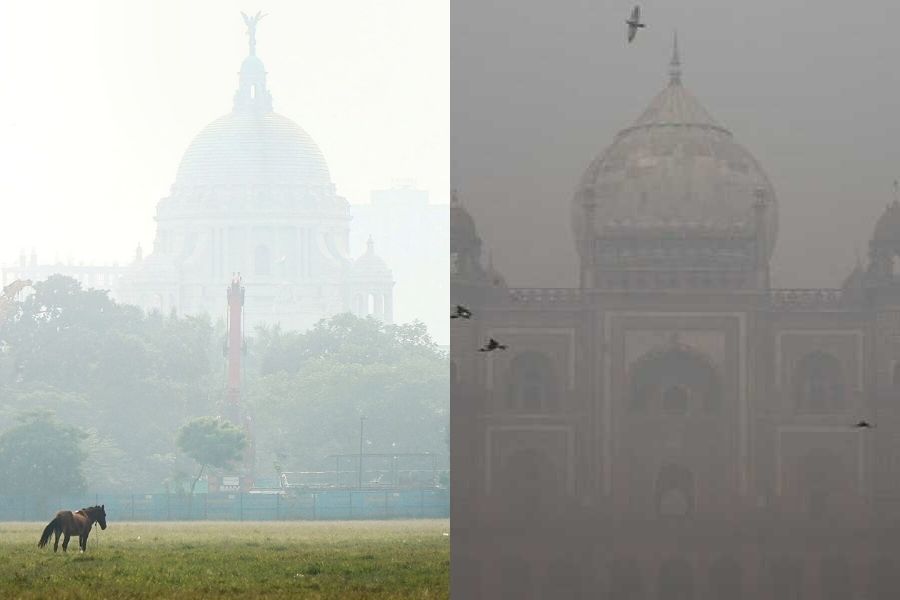Sunlight may seem like an inexhaustible resource. But a new study by Banaras Hindu University, the Indian Institute of Tropical Meteorology and the India Meteorological Department, amongst others, has found that sunshine hours across India have been declining over the past three decades owing to thicker cloud cover and rising aerosol pollution. The west coast saw sunshine hours fall by 8.6 hours per year, while the northern plains recorded the steepest drop at 13.1 hours a year. The east coast and Deccan plateau also showed dipping trends of 4.9 and 3.1 hours per year, respectively. What this means is that India, the world’s third-largest solar power market and a predominantly agrarian society, is, in all probability, entering an age of solar scarcity. For a country that has bet its climate strategy on solar energy, reduced solar incidence translates directly to lower power generation. Researchers at the Indian Institute of Technology, Delhi estimate that air pollution between 2001 and 2018 cut India’s utilisable solar irradiance by nearly 30%, which would require tens of billions worth of extra investment to meet India’s solar energy needs. Then there is the impact on agriculture. In states such as Punjab, Haryana and Uttar Pradesh, where the dimming is strong, farmers report sluggish crop growth and prolonged moisture on leaves — a recipe for fungal disease and resultant crop losses.
The human mind and the body are at risk as well. Diminished sunlight alters hormone levels, blunts alertness, and disrupts sleep cycles. India’s single time zone compounds the effect. Psychologists note higher rates of fatigue, anxiety and seasonal depression when sunlight drops below certain thresholds. Vitamin D deficiency — already widespread in Indian cities — rises with loss of sunlight. The consequences for flora and fauna are equally worrying. To fight the dimming, India must first address its cause: dirty air. That means treating aerosol pollution not merely as a health hazard but as an economic threat. The National Clean Air Programme aims to reduce particulate pollution by 20-30%. This could yield an additional 6-16 terawatt-hours of solar energy annually, worth hundreds of millions of dollars. China moved from decades of sunlight dimming to a recent phase of brightening by strictly implementing environmental norms. India too can win this war against approaching darkness.











